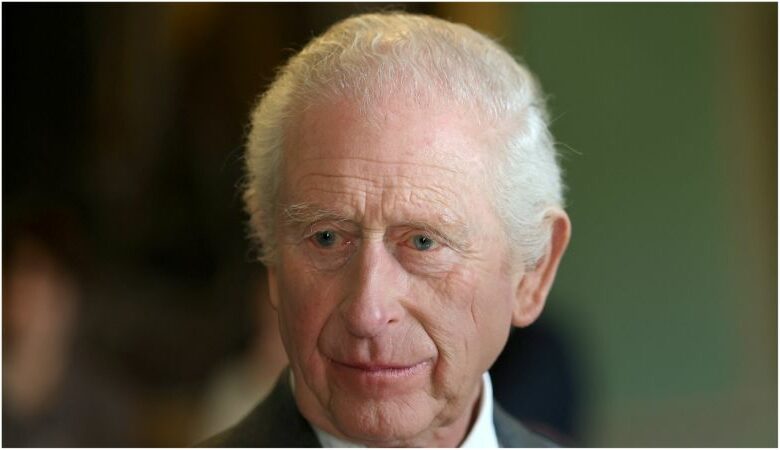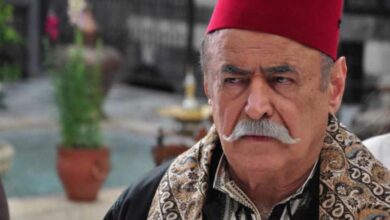King Charles III experiences health setback after Cancer treatment

King Charles III postponed engagements due to cancer treatment side effects but remains active.
A day after he was temporarily hospitalized due to side effects from a scheduled cancer treatment, King Charles III waved to well-wishers in central London on Friday as he departed for his country estate in western England.
On the recommendation of his physicians, Charles postponed his scheduled appearances on Thursday afternoon and Friday, according to Buckingham Palace, which did not elaborate on the “temporary side effects” he encountered.
However, the experience served as a reminder that the 76-year-old king is still receiving treatment for an unidentified type of cancer that was discovered more than a year ago.

Since Charles resumed his public duties last spring after taking a nearly three-month hiatus to concentrate on his initial treatment and recuperation, that fact has faded from the public’s awareness. In the months that have passed, he has participated in D-Day celebrations in France, presided over the State Opening of Parliament, and even traveled to Australia and Samoa for nine days.
However, Charles continued to carry out his constitutional responsibilities as head of state, which included meeting with the prime minister and examining government documents, during the early phases of his treatment.
Here is a quick summary of the king’s health that we currently know.
On Thursday morning, the king went to the London Clinic for a planned cancer treatment. Since his diagnosis in February 2024, Charles has been undergoing therapy at the clinic, a private institution in central London.
“The king had brief side effects that necessitated a brief period of hospital observation following planned and ongoing medical treatment for cancer this morning,” a statement from Buckingham Palace stated. “Therefore, His Majesty’s afternoon engagements were postponed.”

Britain’s King Charles III (L) and Britain’s Queen Camilla (R) (Photo by Aaron Chown / POOL / AFP)
According to the palace, the monarch then went back to his residence at Clarence House, where he made phone calls and went over documents. Queen Camilla did not accompany him to the medical facility.
In a statement, the palace added, “His Majesty would like to send his apologies to all those who may be inconvenienced or disappointed as a result.”
The monarch is anticipated to continue his duties in the days ahead, including an early April state visit to Italy.
When the king is forced to postpone planned activities, palace authorities have realized that it is preferable to provide some information on his health rather than letting the media in the gaps.
However, they have made a concerted effort to balance Charles’ right to privacy with the public’s legitimate interest in the health of the head of state.
The palace first announced that Charles was receiving treatment for an enlarged prostate in January 2024. The cancer diagnosis came a few weeks later.
The choice to discuss the king’s health concerns was a break from previous court customs. For instance, royal authorities frequently claimed that Queen Elizabeth II had “mobility issues” without offering any other information when she started to miss events at the end of her life. “Old age” was recorded as the cause of death on her death certificate.
Prior to his passing in February 1952 at the age of 56, the public was ignorant that King George VI, Charles’ grandfather, had lung cancer. Some historians claim that the monarch himself remained unaware of the severity of his condition.










